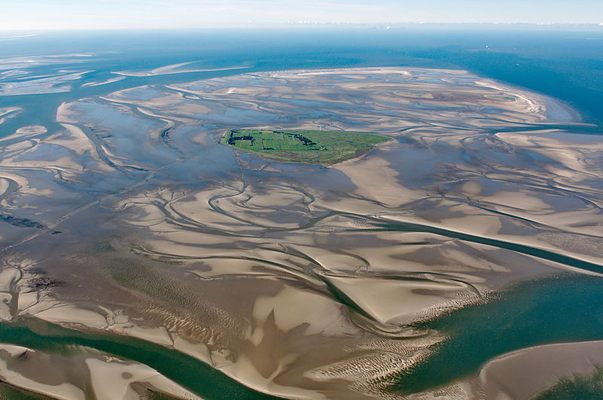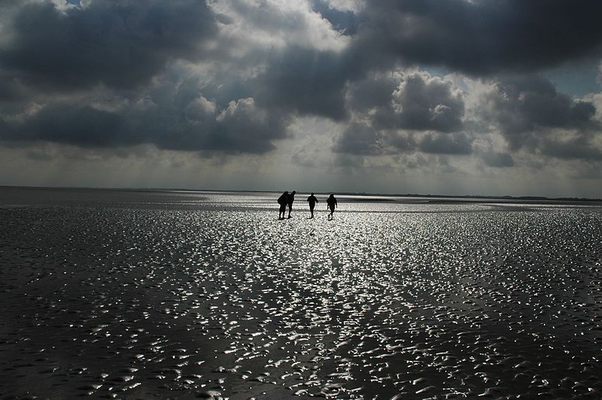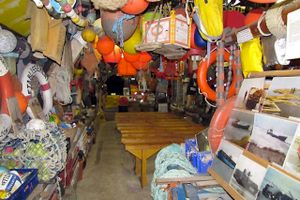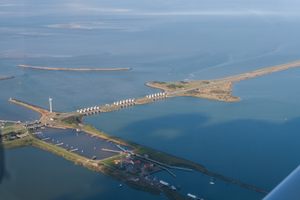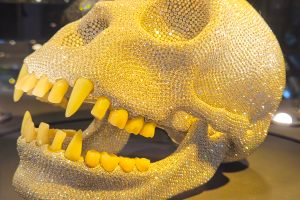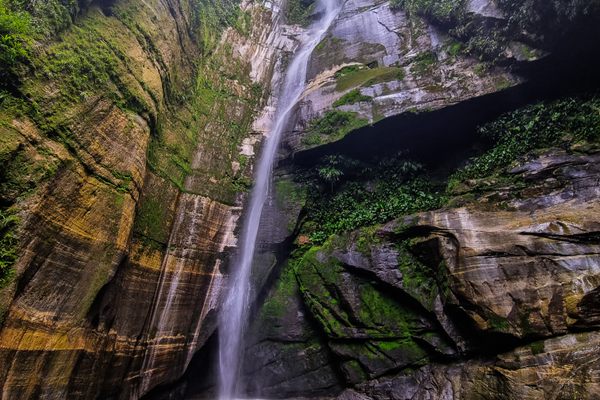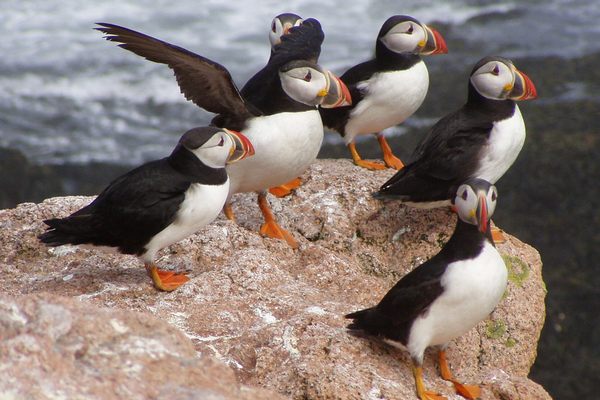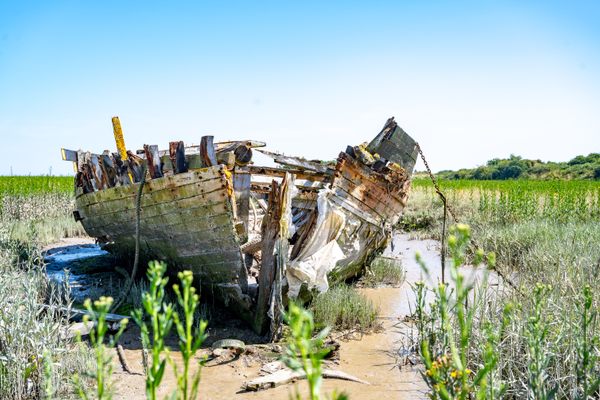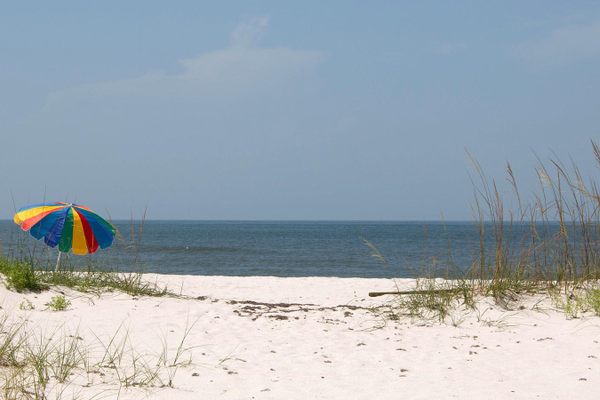About
The Wadden Sea is a Unesco World Heritage site that consists of very shallow sea waters and stretches out from The Netherlands to Germany to Denmark.
Famous for its flora and animals, the Wadden Sea is an animal lover's paradise. Home to thousands of birds, harbor seals, dolphins, and whales, it's said that some regionally extinct species can still be found in the waters.
Formed back in the 14th and 15th centuries by storms, the Wadden Sea landscape is the largest unbroken system of intertidal sand and mud flats in the world, according to the Unesco World Heritage. In fact, Wadden is derived from the Dutch word 'wad,' which translates to mud flats.
As part of the landscape, the Wadden Sea is host to a series of islands known collectively as the Frisian Islands or the Wadden Islands. In the Netherlands, there are five islands—Texel, Terschelling, Vlieland, Ameland, and Schiermonnikoog—to visit.
Today, the islands are popular for "wadlopen" or mud flat walking. At low tide, nature-lovers can literally walk on the Wadden Sea, between islands, spotting lazy grey seals en route. A veritable mecca for nature, this area offers hiking and cycling trails, dunes, beaches, and ample wildlife.
Related Tags
Know Before You Go
During the warmer months, island hopping is available via boats and tours. Easy ferry connections between the five main islands of Texel, Terschelling, Vlieland, Ameland, and Schiermonnikoog make it easy to explore each island's distinct personality and offerings. While some of the islands are largely uninhabited, some are home to small towns. Den Burg is the largest town on the island of Texel, with available accommodations, including Hotel Texel in the center of town. Reservations should be made in advance.
Published
September 21, 2018

